Reviews
Jarred Alterman
Portugal, 2011
Credits
Review by Victoria Large
Posted on 10 May 2011
Source projected DVD
Categories The 2011 Independent Film Festival Boston
One of the simple pleasures of IFFB is seeing greater Boston get excited about off the radar, out-of-the-ordinary films. Case in point: director Jarred Alterman’s new documentary Convento - an impressionistic glimpse at avant-garde Dutch artists living in a Portuguese monastery - played to a sizable, engaged crowd at quarter to ten on a weeknight. The late hour actually seemed to suit Convento, which is less concerned with imparting information than it is with casting a kind of spell. It put me in mind of Theo, a four-minute short about another Dutch artist that played at IFFB a few years back. But where Theo was over in the space of a pop song, Convento’s hour long running time gives Alterman more room to stretch out and acquaint us with the unusual, compelling world of his subjects.
The film’s title refers to Convento São Francisco de Mértola in Mértola Village, Portugal, a centuries-old structure that originally held Christian relics and eventually housed Franciscan monks. It is now home to Geraldine Zwanikken, a visual artist and former prima ballerina who restored the Convento with her late husband Kees Zwanikken. Geraldine’s sons, Louis and Christiaan, live and work at the Convento as well. Alterman includes interviews with each of the Zwanikkens and features scenes of them going about the daily business of life at the Convento, including gardening and caring for their animals. One gets a sense of earthy simplicity from such scenes, and it’s refreshing to listen to Geraldine reflect on her life while she prepares a meal from fresh garden vegetables. Nevertheless, the film’s most distinctive sequences involve the kinetic sculptures created by Christiaan.
Christiaan’s artwork mixes robotics and organic elements in the form of found bones and body parts of wildlife (a note in the film’s credits assures viewers that no animals were intentionally killed during the making of the film). Alterman takes his time watching the sculptures and effectively uses them as a tool for defamiliarizing his audience with the natural world that surrounds the Convento. He frequently cuts from Christiaan’s creations to the many living animals that share the Convento with the Zwanikkens. As a result we see a beautiful cat, or a delicate butterfly, or the whorls of hair on a dog’s back, with fresh eyes. The film’s sound design aids in creating Convento’s uncommon reverie: Lawrence Dolan’s score blends with sounds from nature and the sculptures themselves, immersing the audience in a world that’s both alien and intriguing.
This is a film of slow, strange rhythms, one that does ultimately feel more like a short than a typical feature documentary. There is little explanation of what we’re seeing, so at times we aren’t really sure. During the Q&A that followed the film, Alterman notably confessed that he was beset with doubts after viewing his abstract original cut, so he spent a considerable amount of money for access to archival footage and assembled an “HBO documentary” instead. Disappointed with the more straightforward cut, he reverted to something much similar to the earlier draft. (It should be noted that one of the few bits of archival footage that remains, featuring a young Geraldine during her dancing career, is striking and well chosen.) The result raises some interesting questions about documentary filmmaking in general. How much do we really need to know in order to feel transported into someone else’s world? In the case of Convento, one does leave with the feeling of having visited somewhere special, despite, or perhaps even because of, the film’s moments of willful obscurity.
More The 2011 Independent Film Festival Boston
-
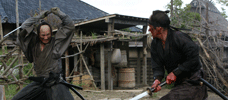
13 Assassins
2010 -

Ivan & Ivana
2011 -

Being Elmo: A Puppeteer’s Journey
2011 -

Bellflower
2011 -

Convento
2011 -
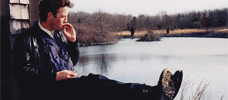
Cure for Pain: The Mark Sandman Story
2011 -

The Trip
2010 -
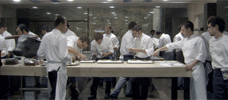
El Bulli
2010 -

Submarine
2010 -
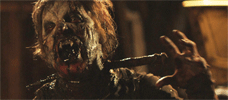
Stake Land
2010 -

Another Earth
2010 -

If a Tree Falls
2011 -
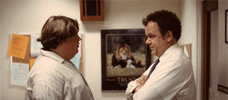
Terri
2011 -
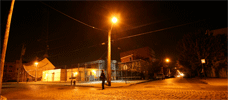
The City Dark
2011 -
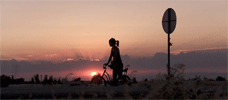
Littlerock
2010 -
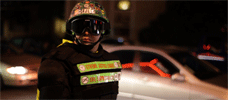
Superheroes
2011 -
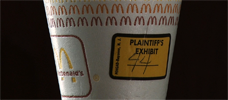
Hot Coffee
2011 -
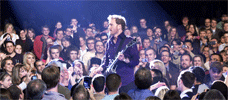
Conan O’Brien Can’t Stop
2011
We don’t do comments anymore, but you may contact us here or find us on Twitter or Facebook.



